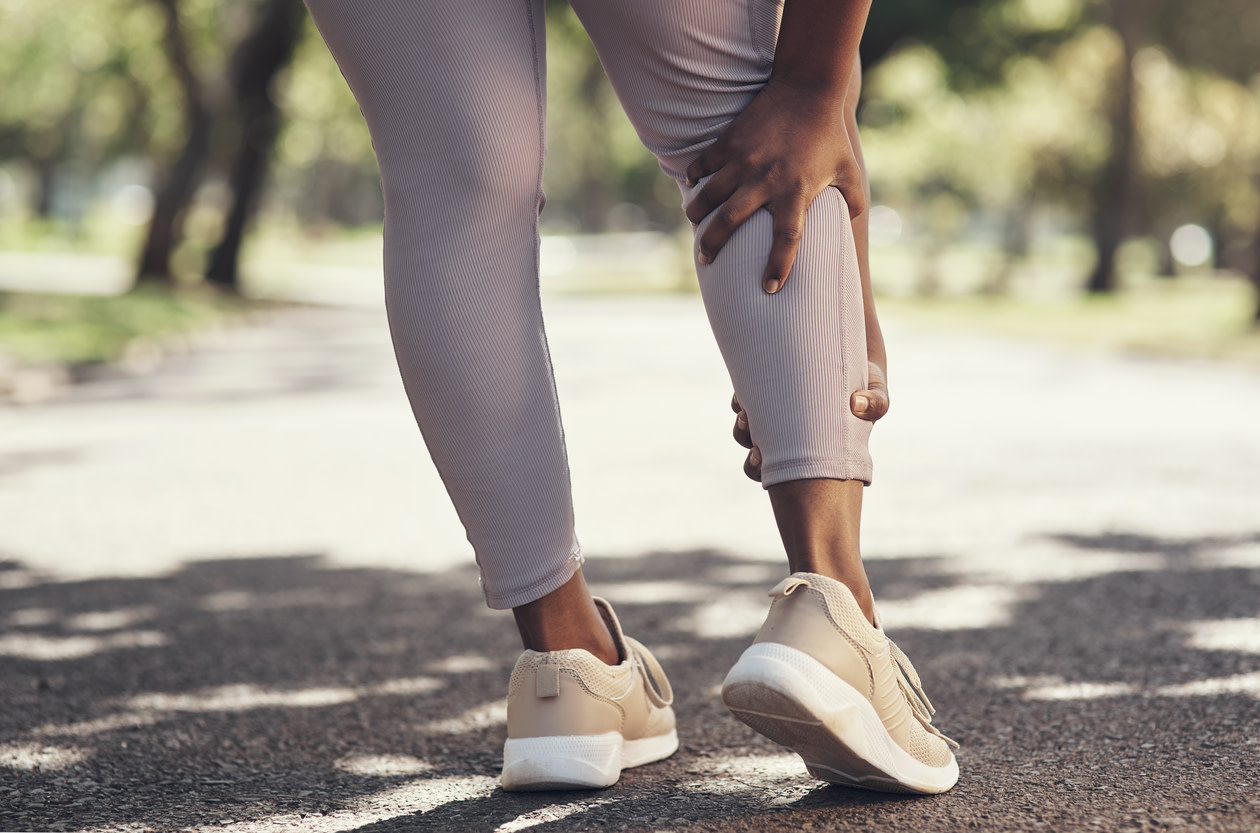Dealing With Tight Calves? Here’s How to Get Relief
Learn about what causes tight calves and how to feel better with tips and exercises from physical therapists.
0 $ pour vous
Date de publication : Oct 16, 2024
Table des matières
Fully covered leg pain relief
Find relief from leg pain, calf pain, tight quads, & more.
Check if I'm eligibleHow to Relieve Tight Calves: PT-Approved Exercises
Want expert care? Check if you're covered for our free program →- Calf Stretch
- Floor Calf Stretch
- Calf Raise
- Single Leg Calf Raise
- Single Leg Balance
- Deficit Calf Raise
